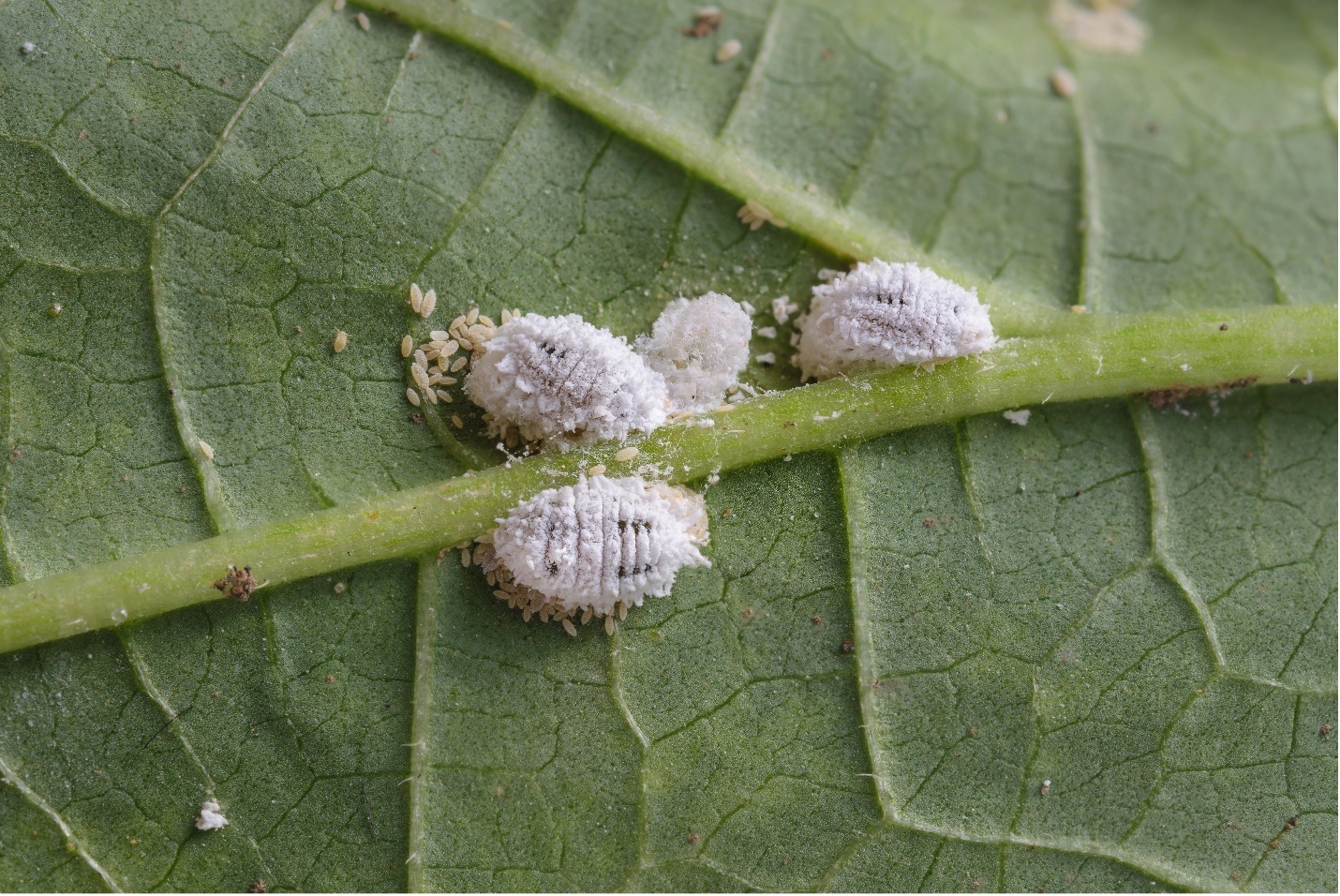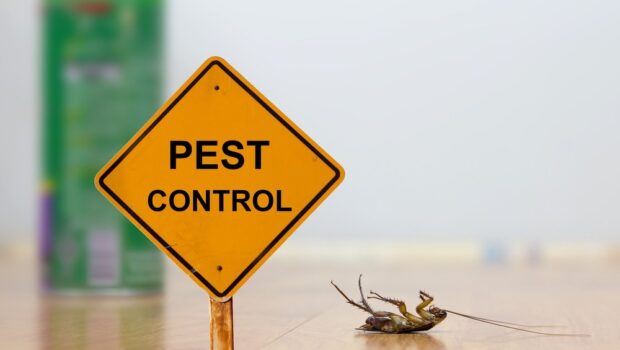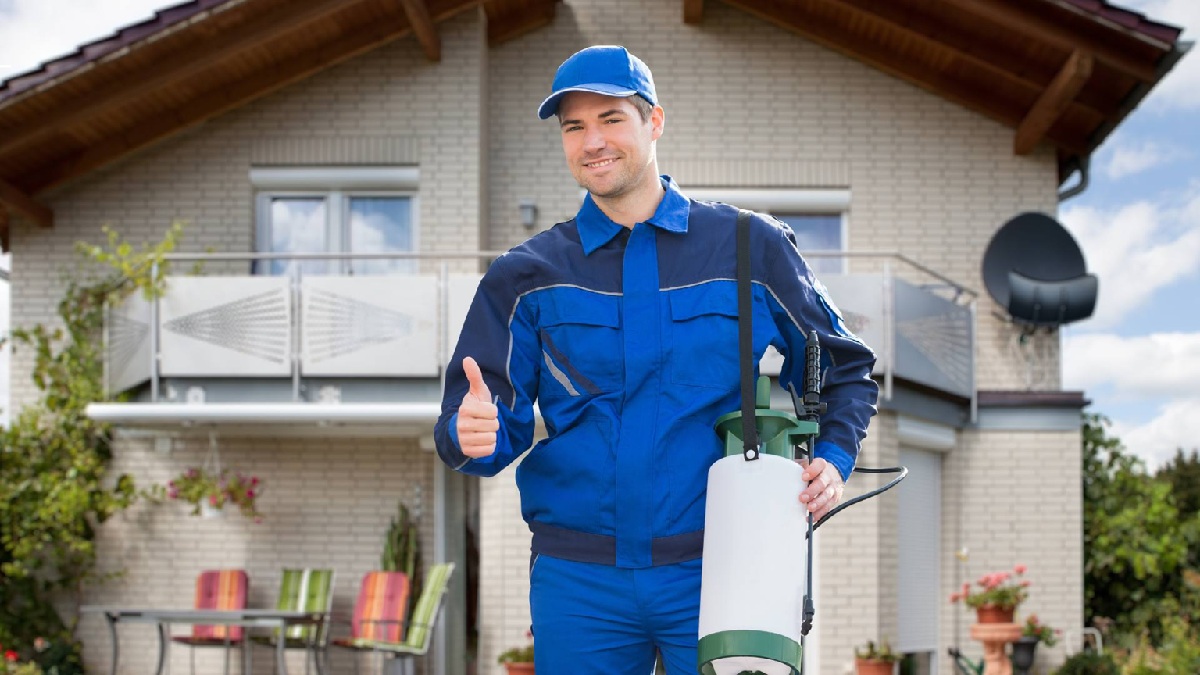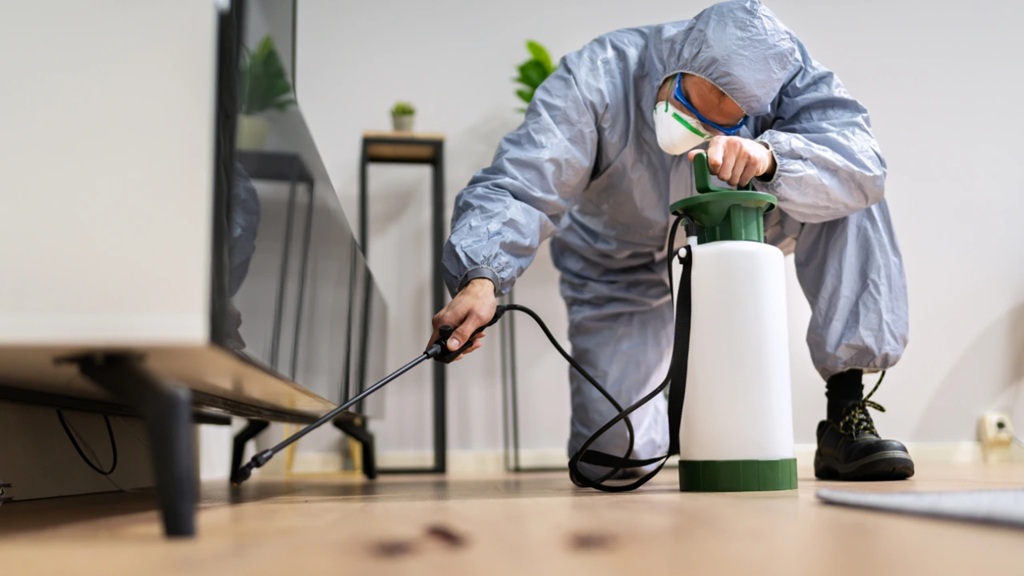Residents in Washington love their green. With long winters and fickle weather, indoor houseplants provide a much needed breath of fresh air. But while houseplants can bring a little bit of nature indoors and often help purify our air, they can also come with some unwelcome invasive guests — bugs, says Presto Pest Control.
If you’ve spied little bugs flying around your favorite ficus or fungus gnats flitting around your succulents, you’ve got company. Are houseplants really the reason your place is “buggy” inside, and what can you do about it to help keep your plants — and the rest of your home — free from critters in Washington?
Typical Houseplant Pests
The dirt, water, and leaves of interior plants are especially inviting to some critters. Here are the top culprits:
- Fungus Gnats: These tiny, gnat-like insects lay eggs in wet soil. They are not biters and they don’t damage plants, but their relentless presence can be a pest. For fungus gnat infestations, overwatering and lack of soil drainage are the biggest causes.
- Spider Mites: These tiny pests love dry indoor air and weave small webs on plant leaves. Spider mites suck juices from leaves, causing them to yellow and the plant to decline.
- Aphids: Tiny soft-bodied insects that feed on plant juices. They multiply rapidly and you will often find clusters on new growth. They are also known to draw ants, which eat the sugary honeydew that aphids leave behind.
- Mealybugs: Mealybugs resemble tiny cottony clusters on plant leaves and stems. They feed off the sap, and can ultimately weaken plants.
- Scale Insects: Scale insects look like tiny brown or tan bumps on leaves and stems. As with mealybugs and aphids, they suck on plant sap and can be difficult to get rid of once they take hold.
How Washington Homes Are At Risk
The climate of Washington is also a factor in indoor pest issues. Plants are taken inside to be protected from frost during cold months, with an allowance for perfect indoor pest habitats. Houses in places like Seattle and Washington, D.C., are also frequently well-insulated to keep the heat inside, creating warm and muggy pockets of climate that are ideal for bugs to flourish.
Plus, central heating can dry the air inside — which can weaken plants and make them more vulnerable to pests like spider mites. Limited space and poor air flow can also be enough to weaken plants and create little pockets of delicates for infestations to thrive that go unnoticed.
How to Avoid Insect Problems with Houseplants
Good plant health care and regular scouting are essential at controlling pests. Here are a few effective tactics:
- Examine All Plants Before Bringing Them Inside: Whether you’re purchasing a new plant or bringing an outdoor plant inside for the winter, be sure to inspect for signs of pests. Beneath leaves, in soil, along stems, check for pests or damage.
- Avoid Overwatering: Fungus gnats and other pests are attracted to moist soil. Allow the top inch of soil to dry out between waterings. Plant in pots with good drainage and add sand or perlite for better aeration.
- Use Sticky Traps: Yellow sticky traps may catch flying insects, including fungus gnats and aphids. They can make a good early warning system, indicating infestations before they spread.
- Clean and Quarantine the Infested Plants: The first sign of bugs, get the plant away from the others in your collection. Dampen a cloth or spray with a thin coat of insecticidal soap and wipe these pests off its leaves. Wash the pots regularly and check for dead leaves or other detritus that you need to remove.
- Introduce Natural Remedies: For instance, neem oil, diatomaceous earth, horticultural oils will not only discourage but will kill many pests: and they won’t damage the plant—or your room.
If you’re a resident of Washington, don’t fret – you can get back to enjoying your rich, green interior without compromising on keeping pests away. Regularly inspecting, correctly watering, and treating them naturally is essential to keeping the home free from annoying pests as well as the plants healthy.





